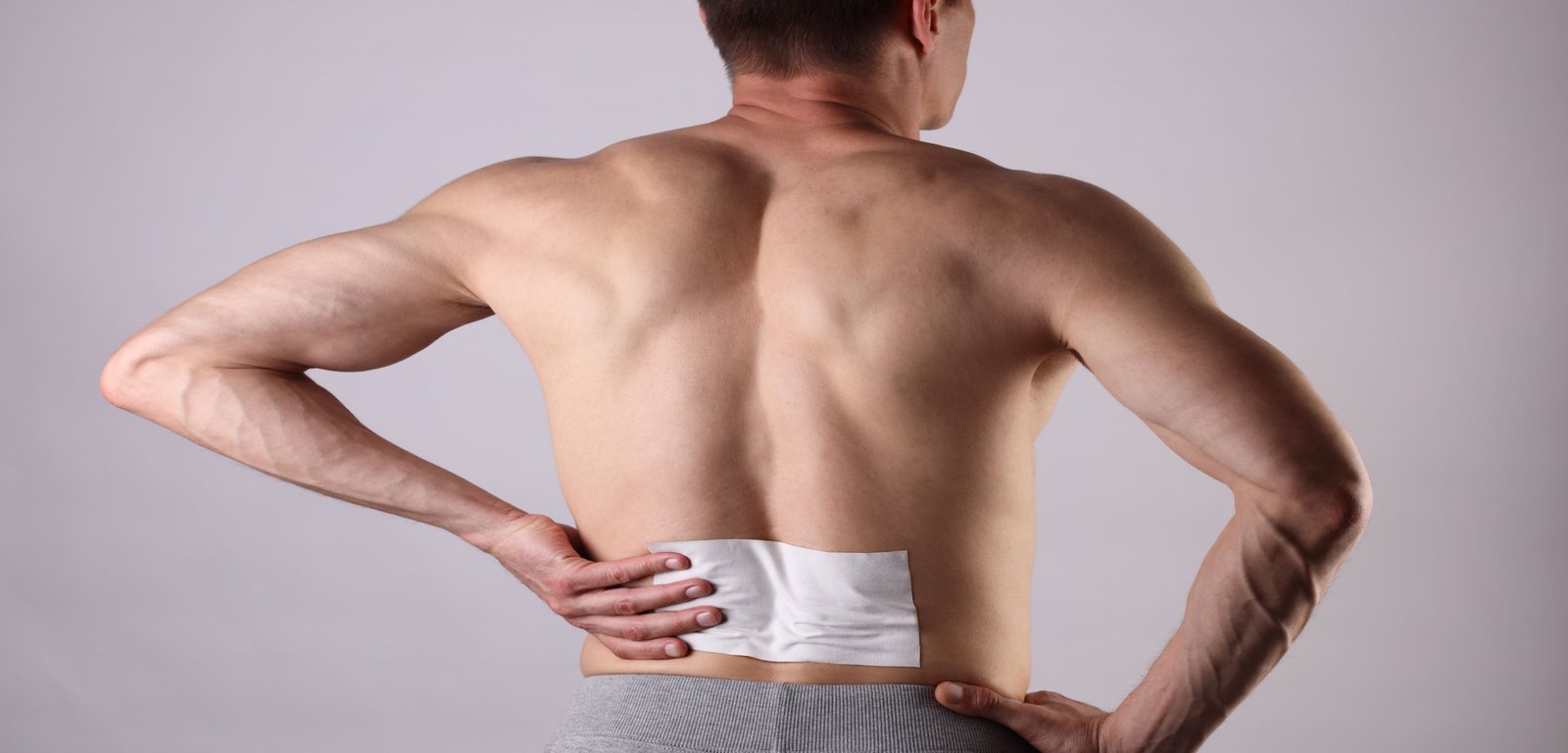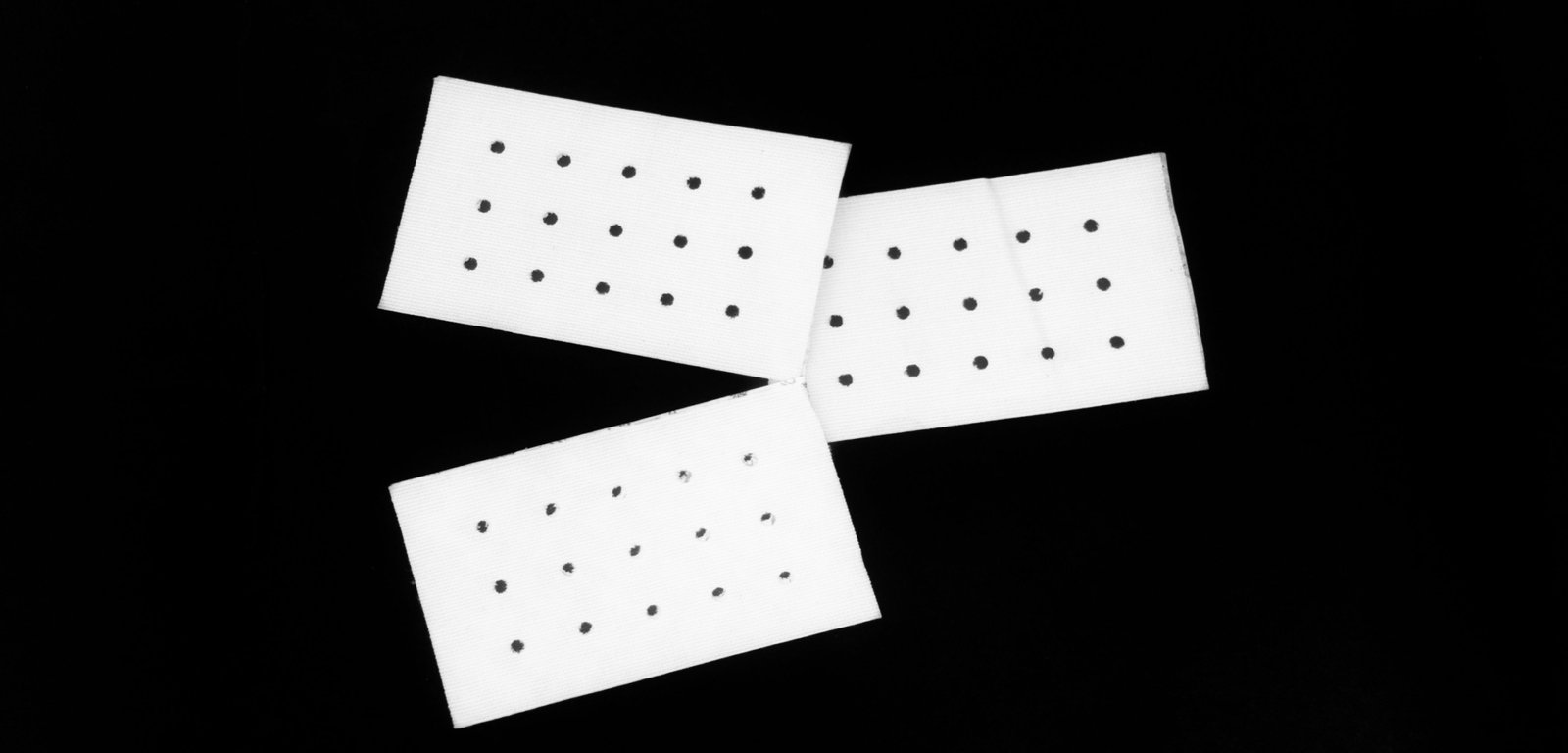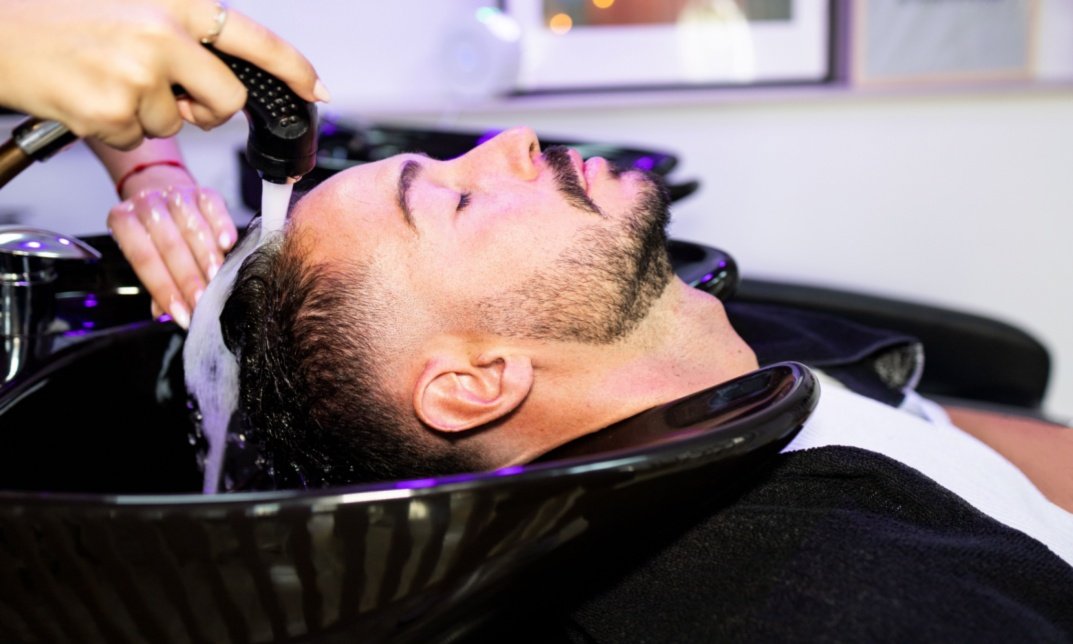No products in the cart.
What if you could get relief from pain without constantly taking pills or applying creams? Pain relief patches offer an alternative, but with so many options, how do you know what is the most effective pain relief patch? In this blog, we’ll explore the different types of patches and how they work. We’ll also cover why they have become a preferred method for pain management.
What is Pain Relief?
Pain relief is the process of alleviating suffering due to various ailments and conditions. There are many methods available, such as medications, physical therapy, and alternative treatments. Therefore, it is essential to understand these methods to identify the best pain relief options.

What Makes a Pain Relief Patch Effective?
Several factors influence the effectiveness of a pain relief patch, such as the type of pain it targets, the active ingredients, and the way you apply it. Some patches contain anti-inflammatory drugs, while others numb the area with topical anesthetics. Therefore, choosing the right one is key to how well it works for you.
Moreover, pain patches are often preferred because they release medication continuously over several hours. You won’t need to take multiple pills or apply creams throughout the day. This convenience makes them useful for managing joint, muscle, and nerve pain.
However, not all patches work the same way. Some treat chronic conditions, while others provide temporary relief. Understanding what each patch is designed for is crucial before making a choice.
Types of Pain Relief Patches
There are several types of pain relief patches on the market. Understanding the differences can help you select the most effective one for your needs. Here is a list of common pain patches and what they are used for:
Non-Steroidal Anti-Inflammatory Drug (NSAID) Patches
These patches contain drugs like ibuprofen or diclofenac. They are great for reducing inflammation and are commonly used for joint pain or arthritis.
How it works: NSAIDs block the production of chemicals in the body that cause inflammation, thereby reducing pain and swelling.
Lidocaine Patches
It is a topical anaesthetic that numbs the affected area. It is often used for nerve pain, such as the pain caused by shingles.
How it works: Lidocaine patches relieve shooting or burning pain by numbing the skin and surrounding tissue.
Capsaicin Patches
Capsaicin is derived from chilli peppers and works by blocking the pain signals from the nerves to the brain. These patches are effective for conditions like muscle pain or even some nerve-related pain.
How it works: The ingredient desensitises the nerves in the area, so you feel less pain over time.
Heat Patches
These patches do not contain drugs but instead use heat to relax muscles and increase blood flow to the area. They are effective for muscle strains or back pain.
How it works: Heat patches help relax tense muscles by warming the area, reducing pain and stiffness.
Opioid Patches
While these patches are prescribed for severe, chronic pain, they are used cautiously due to the potential for addiction. These patches contain drugs like fentanyl and are reserved for cases where other treatments have not worked.
How it works: Opioid patches block pain signals in the brain, offering relief from severe pain.
How to Choose the Most Effective Pain Relief Patch
When it comes to choosing the most effective pain relief patch, it’s essential to first understand what type of pain you are dealing with. Is it inflammation? Nerve pain? Muscle soreness? Each type of patch is designed to target different kinds of pain, so selecting the right one is critical to finding relief.
Moreover, consider the duration of your pain. Some patches provide quick, temporary relief, while others are designed for long-term use. For example, lidocaine and NSAID patches are ideal for conditions that flare up occasionally, while opioid patches are for chronic pain that needs constant management.
Furthermore, it’s important to follow the instructions carefully when using these patches. Applying them incorrectly or for too long can reduce their effectiveness or cause unwanted side effects. Hence, make sure to read the packaging and apply the patch only as directed.

Benefits of Pain Relief Patches
Using a pain relief patch has several benefits that help to reduce where the pain is. Here are some key benefits:
- Targeted Relief: Pain relief patches are applied directly to the area that hurts, which allows the medication to go straight to the source of the pain. This targeted approach means you get relief where you need it most, without affecting other parts of the body.
- Continuous Medication Release: Unlike pills, which are digested and absorbed over a short period, pain patches release medication gradually over several hours. This helps maintain consistent relief throughout the day.
- Fewer Side Effects: Pain patches deliver medication through the skin, so they bypass the digestive system. This means you are less likely to experience stomach issues or other side effects commonly associated with oral medications.
- Convenience: Patches are easy to apply and can be worn discreetly under clothing. They are a great option if you need relief on the go, without having to carry around pills or creams.
Why Pain Patches Are a Preferred Option
Because of the convenience and effectiveness, pain relief patches have become a preferred option for many people. They are especially useful for those who cannot or prefer not to take oral medication. In addition, patches can be worn throughout the day, making them an easy solution for those with busy lives.
However, pain patches are not for everyone. If you have sensitive skin or are allergic to certain medications, it’s important to consult with your doctor before using one. Moreover, some patches, like opioid-based ones, should only be used under strict medical supervision.
Final Thoughts
When asking what is the most effective pain relief patch, the answer depends on your type of pain and personal needs. Whether you experience nerve pain, inflammation, or muscle aches, you’ll likely find a patch that helps. By understanding how these patches work and what they treat, you can make an informed decision that suits your condition.
While patches provide convenient, targeted relief, always follow the instructions and consult a healthcare professional if needed. Additionally, if you’re interested in natural ways to relieve pain, consider enrolling in the Thai Massage Therapy & Techniques for Pain Relief course from the Wise Campus. This course offers insights into holistic approaches that can complement your pain management journey, giving you even more tools to manage discomfort safely and effectively.





